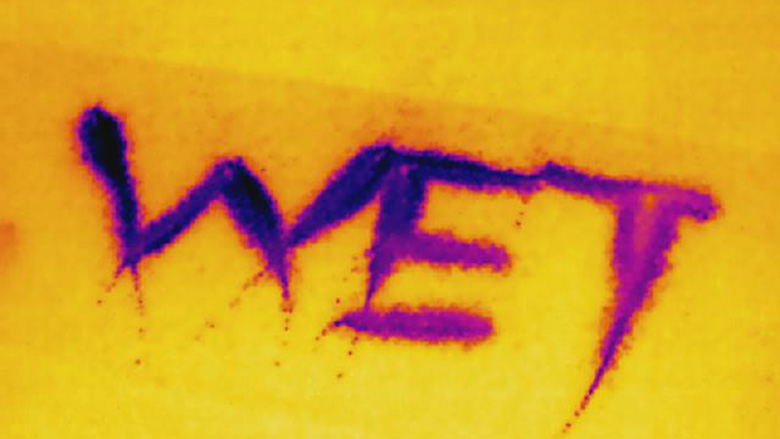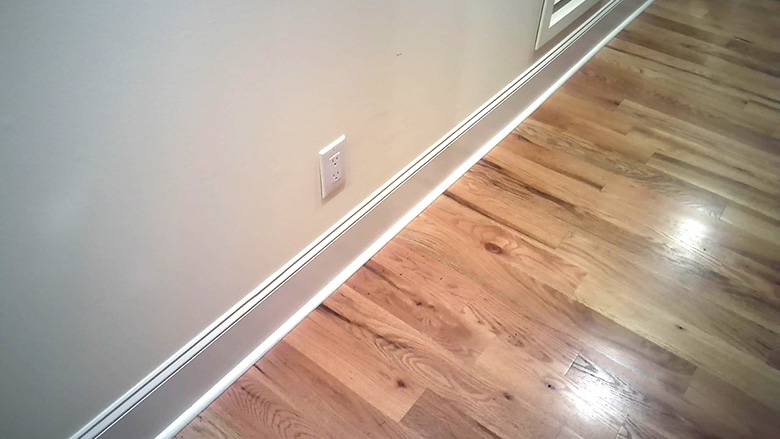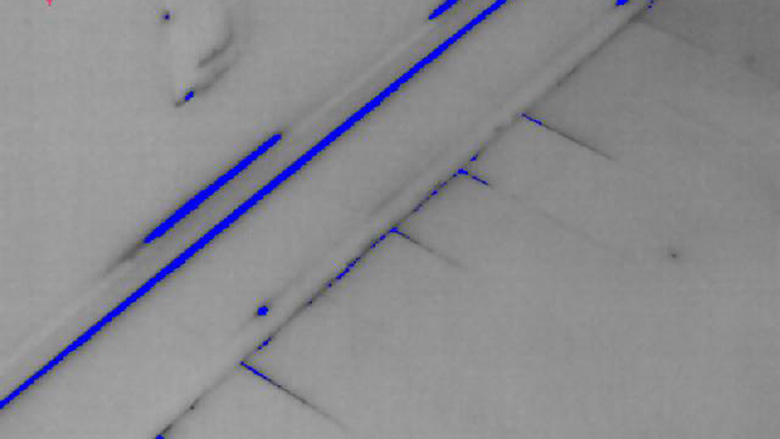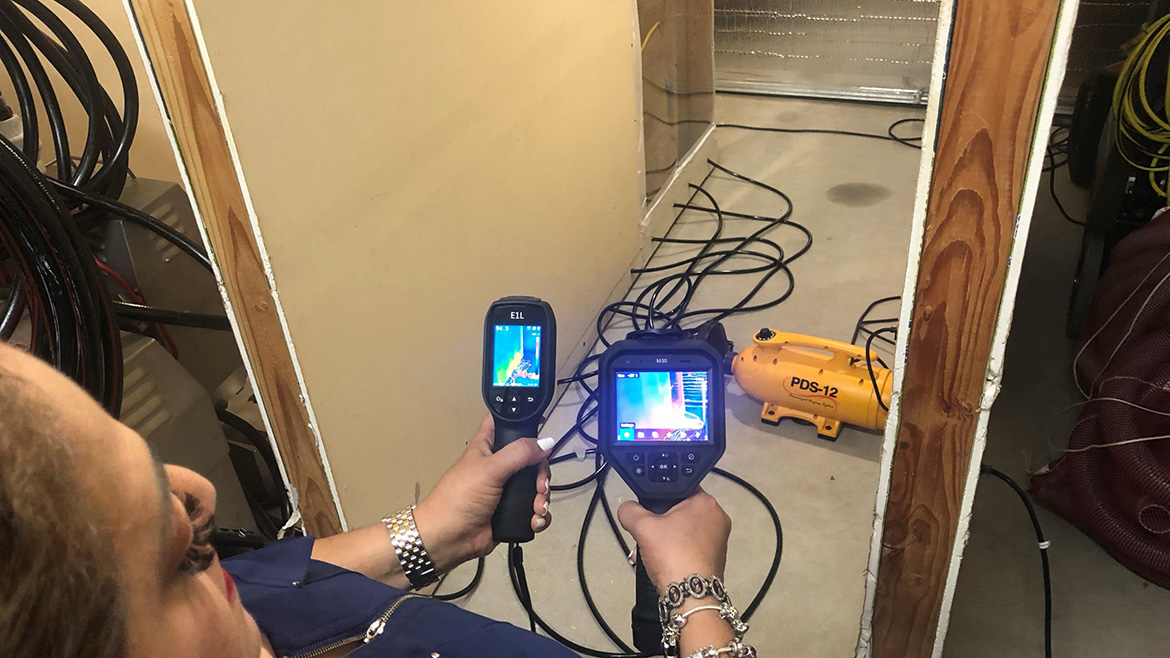The worst day in the world for a homeowner is your call to action. Like a superhero, you put your skills and training to the test to make their world right again. Thermal imaging can and should be part of your go-bag, even if it won't give you X-ray Vision as they show in Hollywood movies. Here, I will provide answers to some commonly asked questions about thermal imaging and help you deploy this technology with your teams to save time, increase revenue and better serve your customers.
How do thermal cameras work?
Thermal cameras see heat the way other cameras image light. The "light" for thermal cameras is the infrared wavelengths beyond visible light in the electromagnetic spectrum. Thermal cameras use a lens to focus the heat on individual pixels in an array on a detector. The temperature of each pixel in the scene is measured, and the camera applies a color palette to display the different temperatures to the user. Typically, white is the hottest and black or blue is the coldest in the scene. Images are stored as JPGs and viewed the same way you view photos from other types of cameras.
Sounds complicated. How difficult is it to see moisture?
Operating a thermal camera is intuitive for people since we naturally explore our world visually. We also have physics on our side with evaporative cooling. Wet materials will cool below ambient temperature, while dry areas will remain at ambient temperatures. Even a slight temperature difference is visible to an infrared camera and makes finding potentially wet areas straightforward. However, cameras only see heat and not moisture directly, so the best practice is to use a thermal camera to scan a large area and then confirm your findings with a moisture meter. The time required to determine the extent of moisture damage is dramatically reduced over traditional workflows.

Do blue areas on a thermal image mean "wet"?
No. Typically, blue in a thermal image will be a cooler area, but it could be cold and dry rather than wet. Confirm with a moisture meter before you start tearing out drywall.
Can I see moisture damage below the surface, such as behind drywall or baseboards?
It's possible, just not like what's shown in the movies. Heat moves from warm to cold by conduction, convection or radiation. For this application, we rely on the conduction of heat to cold, wet areas. Depending on the depth of the moisture and the material's conductivity, there will be a difference we can image even though the surface is completely dry.


Visual and thermal Images showing moisture behind a baseboard and beneath hardwood flooring.
Do I need specialized training for my technicians?
Most technicians will pick up a camera and begin exploring their world in a new way within minutes. With any tool, we unlock more value from the investment with training. We can choose to learn on the job or in a class. Classes range from quick, online tutorials to full certification training on a wide range of thermography applications. Some drying schools have incorporated a module on utilizing thermal imaging in their water restoration training classes.
Who on my team should use a camera?
Historically, thermal cameras were too expensive to be used by more than one person in an organization. Today, the cost of a camera is less than that of a quality moisture meter. Your first consideration now would be to ask yourself the question, "Who would benefit in their daily responsibilities by seeing moisture?" Estimators, sales, crew chiefs, and water damage technicians would all be able to complete tasks faster and communicate more clearly within the team, and with property owners and insurance companies by using a thermal camera. You might also consider if a person carries a moisture meter in their vehicle or tool bag, and make sure they have a camera.
Are thermal cameras durable enough for daily field operations?
Absolutely! Cameras designed for technicians have ratings for six-foot drop tests, IP54 enclosures for dust and moisture, and multi-year warranties.
The Bottom Line
Thermal imagers have proven their value in the restoration industry over the last two decades and transitioned from a fancy accessory to a must-have tool. The cost is often less than other standard instruments like moisture meters and psychrometers. The learning curve is quick since they are visually intuitive, and the ROI is usually paid for on the first job where it's deployed.


